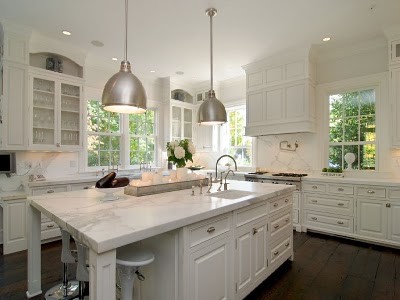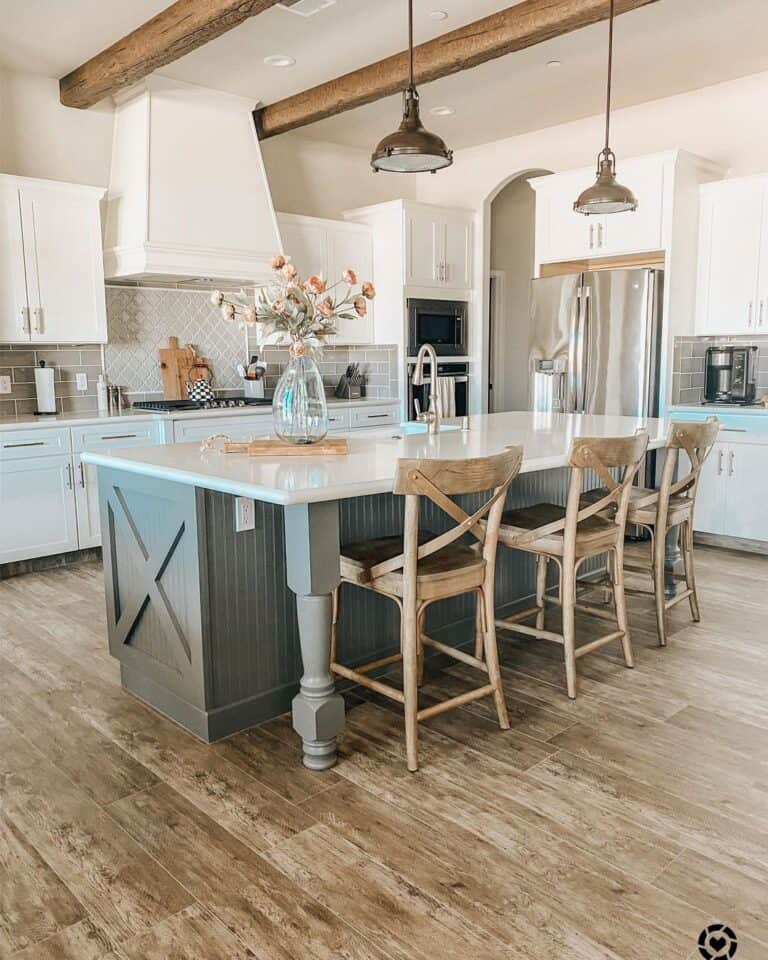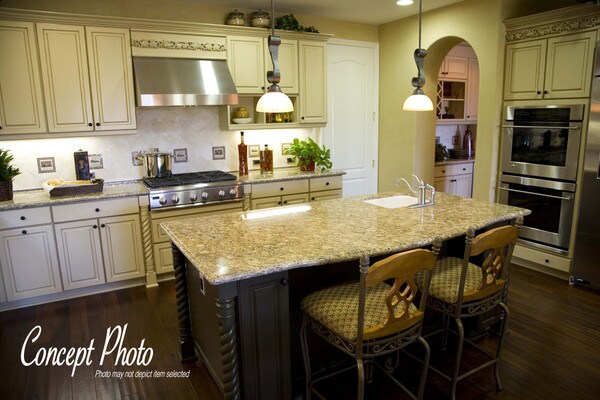Boost Performance and Design Using Top Quality Legs For Kitchen Island
Boost Performance and Design Using Top Quality Legs For Kitchen Island
Blog Article
Crucial Variables to Take Into Consideration When Picking Legs For Cooking Area Island
Picking the ideal legs for a cooking area island entails a cautious analysis of several aspects that can substantially influence both capability and visual appeal. Amongst these, the selection of material plays a pivotal function in guaranteeing durability, while the style should complement the existing style. Furthermore, considerations such as elevation and weight assistance are important for security and convenience. As we check out these components, it comes to be clear that each decision can have far-ranging ramifications for the overall cooking area experience. What nuances should be taken into consideration in each of these classifications to achieve the ideal equilibrium?
Material Options
When selecting legs for a kitchen area island, recognizing the various material alternatives is important for accomplishing both visual appeal and structural stability (Legs For Kitchen Island). The selection of material considerably affects not just the resilience of the island however additionally its overall design and performance
Metal legs, usually made from stainless steel or wrought iron, contribute a commercial and modern-day feeling while making sure toughness and security. These materials are resistant to put on and can sustain considerable weight, making them suitable for larger islands.
Another option is crafted products, like MDF or plywood, which can be much more affordable while still offering an array of coatings. Nevertheless, they may not give the very same level of security as strong wood or steel. Products such as acrylic or glass can create a modern look, though they might need added support to ensure security.
Ultimately, the choice of material for kitchen area island legs should straighten with the desired capability and the overall style of the kitchen.
Design And Style

When thinking about design, the shape and coating of the legs are vital. Tapered legs can supply a sense of lightness and style, while thicker, a lot more robust legs can convey toughness and security. Furthermore, the coating-- be it painted, tarnished, or natural-- must enhance the cabinetry and kitchen counter materials to produce a unified appearance.
Moreover, the style of the legs can additionally reflect personal preference. Custom or ornamental legs, such as those including detailed carvings or special geometric forms, can function as focal points, adding personality and individuality to the kitchen. Eventually, the ideal selection will not only improve performance yet additionally elevate the aesthetic appeal, making the kitchen area island a standout function of the home.
Elevation Factors To Consider
Picking the appropriate height for kitchen island legs is important, as it straight impacts both functionality and comfort. The basic height for a kitchen area island normally varies from 36 to 42 inches, lining up with typical counter top elevations. A 36-inch height is optimal for food prep work and food preparation, enabling for comfortable use kitchen appliances and tools. Conversely, an elevation like it of 42 inches is usually favored for islands planned for bar seats, fitting taller stools and offering a casual eating experience.

It is additionally crucial to make up users' preferences and elevations. Customizing the elevation can guarantee a comfortable experience for all relative, making the cooking area island a more enjoyable and practical space.
Weight Assistance
Guaranteeing ample weight support for cooking area island legs is crucial for both safety and performance. The cooking area island commonly serves several objectives, including cooking, dining, and extra storage space, necessitating a robust assistance structure. When choosing legs, it is vital to think about the overall weight capability called for based on the island's intended usage and the products that will be put on it.
The option of product for the legs plays a significant function in their weight-bearing capacities. Strong wood, metal, and look at more info durable compounds usually provide remarkable toughness contrasted to lighter products. Additionally, the style of the legs-- whether they are directly, tapered, or have a pedestal kind-- can affect their capacity to distribute weight effectively across the structure.
Constantly seek advice from the producer's specifications regarding lots restrictions to make sure that the legs can sustain the intended weight without endangering security. In summary, picking kitchen area island legs with find out here now sufficient weight support is crucial for developing a safe and useful culinary room.
Setup and Upkeep
Correct installment and maintenance of kitchen area island legs are crucial for guaranteeing long life and stability. To start, it is important to comply with the manufacturer's standards throughout setup. This often entails securing the legs to the space station using proper fasteners, making certain that the legs are level and straightened. Utilizing a degree tool can assist protect against wobbling and boost the overall aesthetic allure of the kitchen island.
As soon as installed, routine maintenance is essential to maintain the integrity and appearance of the legs - Legs For Kitchen Island. For wooden legs, regular cleansing with a wet towel and application of suitable wood polish can avoid wetness damages and maintain their surface. Metal legs may need a mild cleansing remedy to get rid of oil and crud, adhered to by a completely dry cloth to avoid rust formation
Furthermore, examine the legs routinely for signs of wear or damages, such as cracks or loosened joints. Tightening screws or bolts as required can also lengthen the life expectancy of the legs. By sticking to these setup and maintenance techniques, property owners can ensure that their cooking area island remains tough and visually appealing for several years to find.
Conclusion

Aesthetic coherence is extremely important in selecting the style and style of legs for a cooking area island, as these elements significantly affect the total ambiance of the space. Tapered legs can supply a feeling of agility and elegance, while thicker, much more durable legs can share toughness and security.Choosing the suitable height for kitchen area island legs is vital, as it straight influences both capability and comfort. In summary, selecting kitchen island legs with sufficient weight support is vital for producing a risk-free and practical culinary area.
In final thought, choosing legs for a kitchen area island requires cautious factor to consider of numerous variables, consisting of product choices, style, height, weight support, and installment.
Report this page